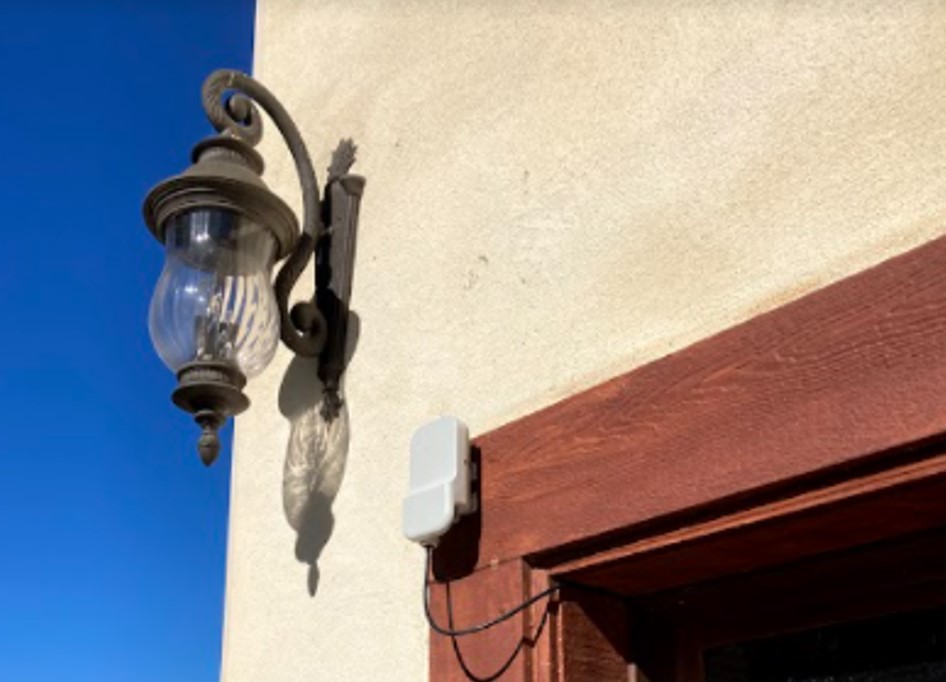In his article “The age of mmWave 5G sputters to a dusty death,” Mike Dano reports, ”most financial analysts have concluded that operators’ interest in mmWave is mostly over.” However, as Mark Twain said, “The reports of my death are greatly exaggerated.”
Millimeter wave – 60 GHz in particular – is the newest construction material available to all network operators, from MNOs to MSOs to ISPs to private network operators in industry and government. Like any new solution, network operators test the technology and find where it delivers the best value. Leading-edge organizations have already successfully deployed this spectrum to solve important issues in broadband connectivity.
To be sure, millimeter wave technology is not exclusively used by mobile operators. Many service providers, enterprises and government IT teams with fiber infrastructure use millimeter wave to extend the network and close gaps. We refer to these networks as “hybrid networks.” For example, Alaska Communications is using 60 GHz to extend their fiber to all the previously under-connected places that need high-speed connections for broadband. “Offering gigabit speed is a significant leap for our business and residential customers,” said Bill Bishop, president and CEO of Alaska Communications. “With the ability to rapidly deploy gigabit service with fixed wireless, we can now reach locations that previously were not feasible with fiber alone. Business and residential customers will now have offerings of 100, 200, and 500 Mbps, as well as Gigabit speed connectivity for streaming video, online education, and rapid data transfer.” Check out today’s press release here.
In wireless communications, one size does not fit all applications. Enterprises and municipal IT teams know the value of using millimeter wave technology to extend the reach of fiber infrastructure. The City of Aurora, the third-largest city in the state of Colorado, improved its communications infrastructure with 60 GHz fixed wireless extensions to benefit public safety, voice and data, LAN extension, video applications and credit card processing. “This newer wireless technology gives us the gigabit speed that we need, with performance and reliability significantly higher than we had before… and deployment was far faster than fiber infrastructure,” said Scott Newman, CIO, City of Aurora, Colorado.
In the industrial space, a Class I rail operator in North America is deploying 60 GHz cnWave™ to provide transport for outdoor Wi-Fi access networks. They are providing access to back-office applications and services to their staff and ultra-high-resolution video surveillance cameras to enhance the safety and security of staff and equipment. There is a possibility that the network will someday support autonomous vehicles in the crowded railyards.
Millimeter wave technology is a factor in leveling the playing field across many types of operators in urban or other high-density areas – at least when it comes to providing broadband services. 60 GHz cnWave from Cambium Networks makes it very cost effective to deploy, and it doesn’t require expensive spectrum licenses.
While millimeter wave technology may not fit everywhere, it is proven to be an effective solution to extend fiber networks for residential and enterprise access. It is expected to support campus area networks in enterprise, industry. and education. Millimeter technology can also quickly deliver efficient multi-gigabit speeds to smart city networks. Incidentally, even mobile operators are adopting 60 GHz – not for access, but rather transport of small cells deployed at street level. The proliferation of 60 GHz networks in these spaces shows that millimeter technology is very much alive.
